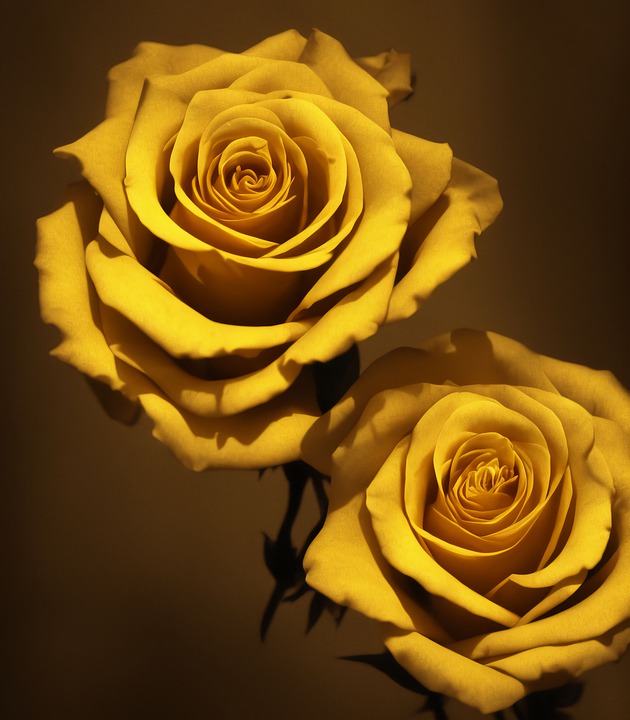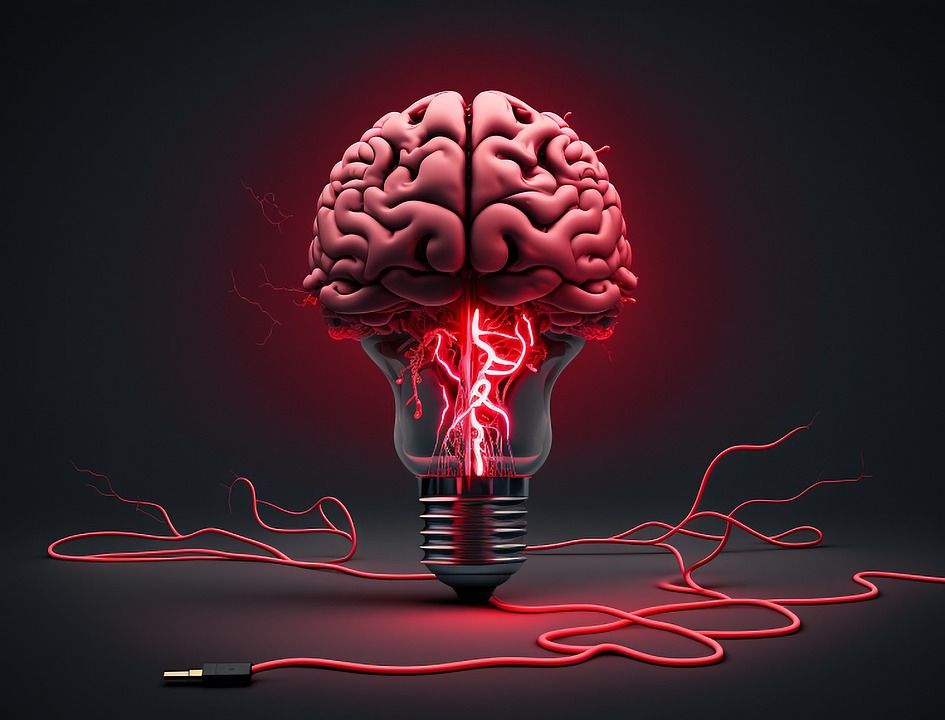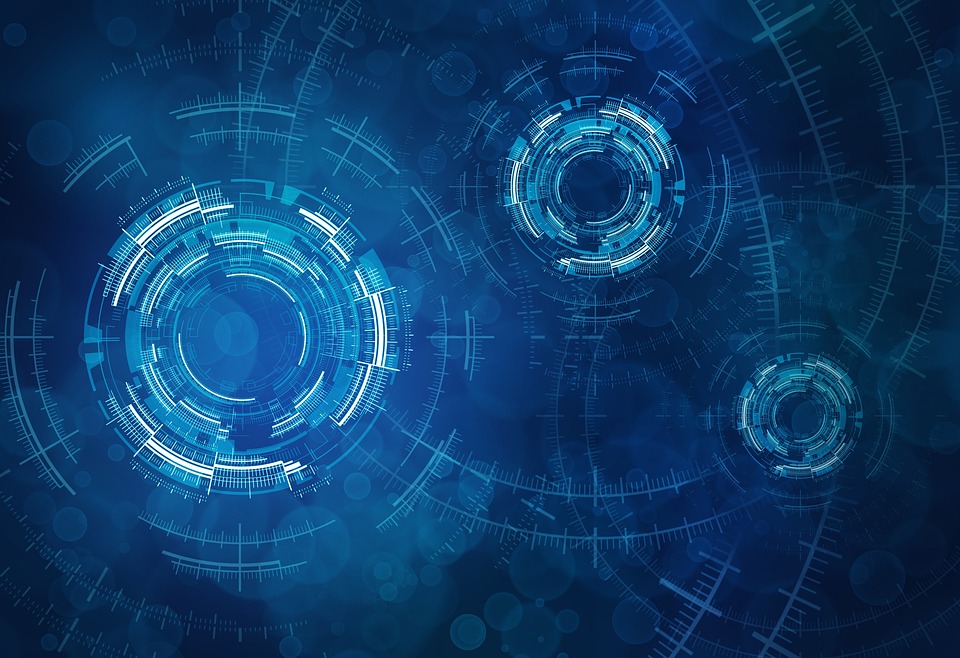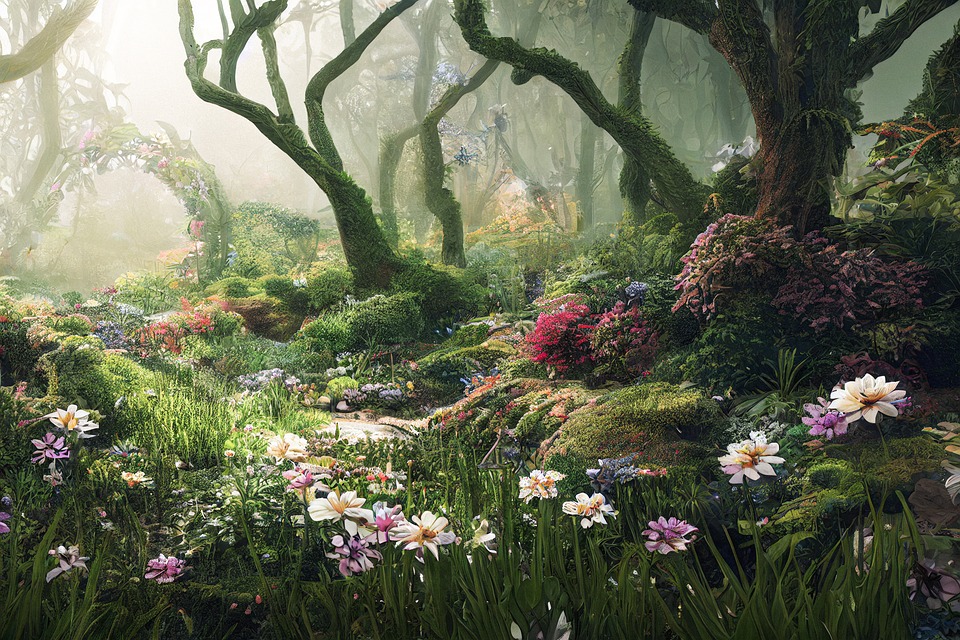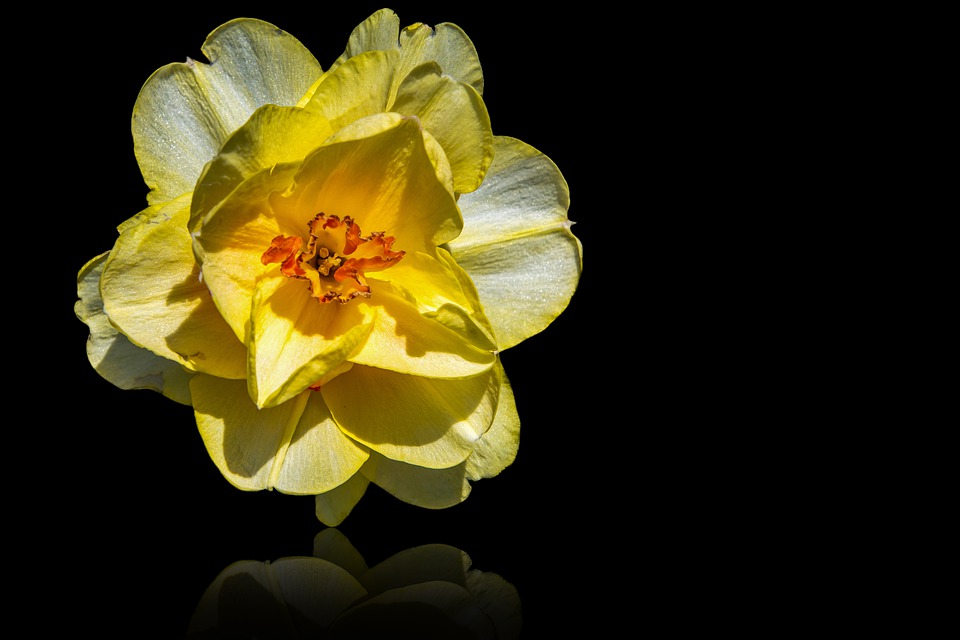
The world of art is constantly evolving, and with the advent of artificial intelligence (AI) and machine learning technologies, the possibilities for creating unique and innovative masterpieces are increasing manifold. One of the most popular trends in this direction is the emergence of AI-generated art that is revolutionizing the way we perceive and create art.
AI-generated artworks are created using complex algorithms and programming to create fascinating pieces of art based on predetermined parameters. They are capable of drawing inputs from various sources such as images, audio files, and videos to produce stunning pieces of abstract or realistic art.
The popularity of AI-generated art is on the rise, particularly in the field of contemporary art. These works are a novel representation of machine creativity, which challenges the conventional idea that machines cannot demonstrate any form of creative thinking. In addition, AI-generated art offers a fresh perspective on what art can be, pushing the boundaries of the imagination even further.
Apart from the artistic realm, AI-generated art is also being utilized in the commercial world as it offers unique and exclusive pieces that can serve as branding or advertising materials. Where traditional art takes time to create, AI-generated art can be produced in a relatively shorter period, making it more accessible to a broader audience for commercial applications.
AI-generated art also has immense potential in the educational world. It can introduce students to the new and innovative methods of art creation and kindle their interest in the creative process. By using AI-generated art to teach young artists, it can encourage them to think beyond the conventional methods of art creation.
In conclusion, AI-generated art represents a crucial aspect of the future of art. As AI technologies continue to evolve, the scope of experimentation and innovation in art will increase exponentially, resulting in art that is more advanced, more imaginative, and more accessible to all.
